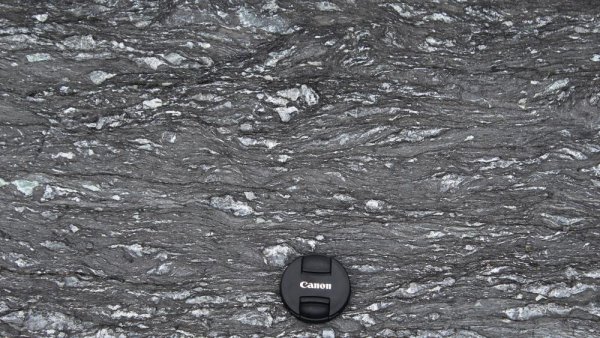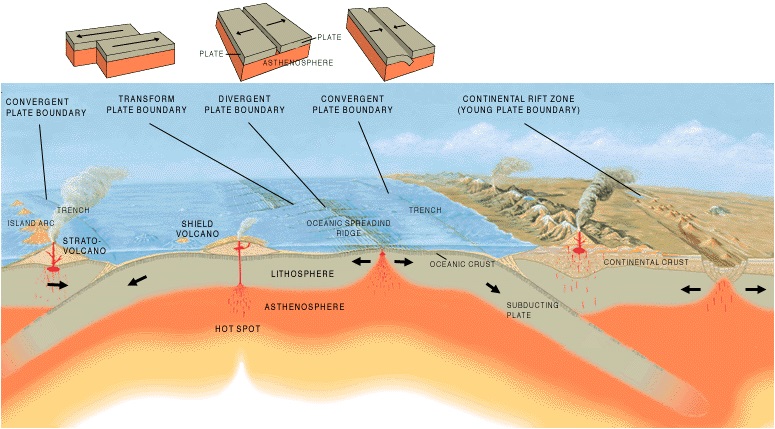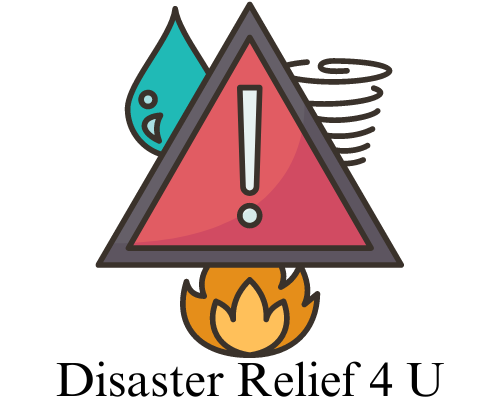Can Ancient Rocks Improve Understanding of Tectonic Activity Between Earthquakes?
Have you ever wondered how ancient rocks from subduction zones can provide valuable insights into predicting tectonic activity between earthquakes? In this article, we will explore the fascinating world of pressure solution in rocks and its role in the behavior of tectonic plates. Researchers have recently developed a new model based on rocks from Alaska and Japan, which could revolutionize our ability to predict strain in the seismogenic layer. Let’s dive into this exciting field of study and see how ancient rocks can unlock the secrets of tectonic activity.
Pressure Solution in Rocks and its Impact on Tectonic Plates
Imagine a vast expanse of rock deep beneath the Earth’s surface, where immense pressure and temperature create a complex interplay of forces. This environment gives rise to a phenomenon known as pressure solution, where rocks dissolve and recrystallize under intense stress. The process of pressure solution plays a crucial role in the behavior of tectonic plates, influencing their movements and interactions.
When rocks undergo pressure solution, minerals are dissolved at points of contact under pressure. This dissolution creates microscopic fractures within the rock, which then allows for the minerals to re-precipitate in new locations. As a result, the rock experiences a form of plastic deformation, where it changes shape without fracturing. This process is instrumental in the way tectonic plates respond to stress and strain, ultimately shaping the dynamics of earthquakes and other geological events.

This image is property of scx2.b-cdn.net.
The Development of a New Model Based on Ancient Rocks
Recent advancements in the study of ancient rocks from subduction zones have led to the development of a groundbreaking new model for predicting tectonic activity. By analyzing rocks from regions such as Alaska and Japan, researchers have been able to identify key patterns and trends that shed light on the behavior of tectonic plates. This new model incorporates data from various sources to create a comprehensive understanding of strain in the seismogenic layer.
The innovative approach taken by researchers involves utilizing cutting-edge technology to analyze the chemical composition and mineral structure of ancient rocks. By combining field observations with laboratory experiments, scientists have been able to create a detailed framework that predicts how tectonic plates will respond to stress over time. This model represents a significant step forward in our ability to forecast seismic activity and its potential impacts.

This image is property of iee.psu.edu.
Focus on the Cascadia Subduction Zone in North America
One of the key areas of focus for researchers studying tectonic activity between earthquakes is the Cascadia Subduction Zone in North America. This region is known for its complex geological features, including the subduction of the Juan de Fuca plate beneath the North American plate. The Cascadia Subduction Zone has a history of powerful earthquakes and tsunamis, making it an ideal location for studying the behavior of tectonic plates.
By examining ancient rocks from the Cascadia Subduction Zone, researchers have been able to uncover valuable insights into the dynamics of tectonic activity in the region. The unique geological processes at play in this area provide a rich source of information for developing models that can predict future earthquakes and tsunamis. The study of ancient rocks from the Cascadia Subduction Zone offers a glimpse into the intricate interplay of forces that shape our planet’s surface.

This image is property of static.sciencelearn.org.nz.
Potential Implications for Understanding and Predicting Earthquakes and Tsunamis
The findings from research on ancient rocks in subduction zones could have far-reaching implications for our understanding and prediction of earthquakes and tsunamis. By refining models based on pressure solution and other geological processes, scientists may be able to more accurately forecast tectonic activity between earthquakes. This improved predictive capability could potentially save lives and mitigate the impact of seismic events on communities around the world.
Furthermore, the study of ancient rocks provides valuable data for geological hazard assessments and risk management strategies. By analyzing the behavior of tectonic plates over long periods of time, researchers can identify patterns that may indicate the likelihood of future earthquakes or tsunamis. This information can then be used to inform emergency preparedness efforts and infrastructure planning in at-risk regions.
In conclusion, ancient rocks from subduction zones offer a window into the complex world of tectonic activity between earthquakes. By studying pressure solution and other geological processes, researchers are unlocking the secrets of how tectonic plates behave and interact. The development of a new model based on ancient rocks has the potential to revolutionize our ability to predict strain in the seismogenic layer and forecast earthquakes and tsunamis. By focusing on regions like the Cascadia Subduction Zone, scientists are gaining valuable insights that could benefit society as a whole. Next time you gaze upon a rock formation, remember that its ancient history holds clues to the dynamic forces that shape our planet.

This image is property of www.calacademy.org.
